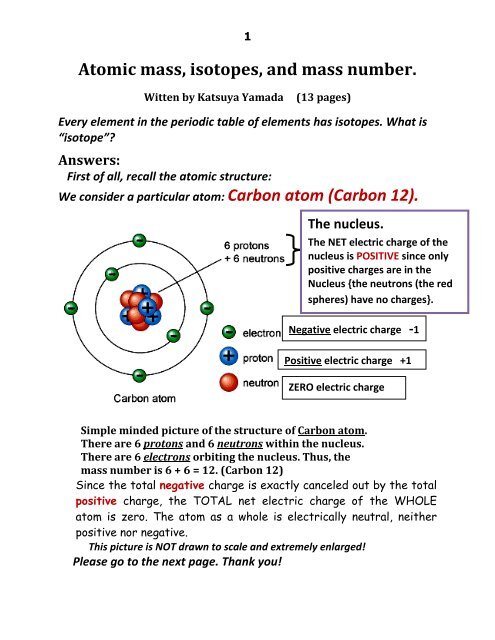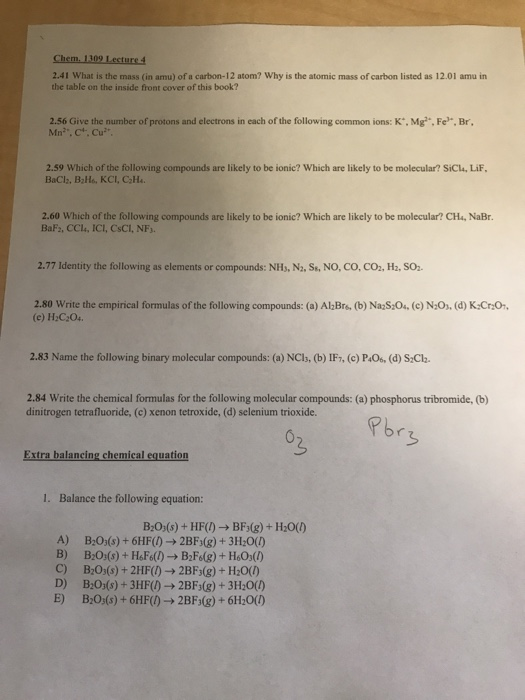Mass Of Carbon 12
- What Is The Mass Number Of Carbon 12
- Mass Of Carbon 12 Atom
- Mass Of Carbon 12 In Grams
- Why Is The Mass Of Carbon Exactly 12

- Using this unit, a proton has a mass of 1.007 amu, a neutron a mass of 1.008 amu, and an electron a mass of 5.45 X 10-4 amu.' Basically, the proton and neutron is close to 1, and the electron is close to 0. Carbon-12 means it's got a total of 12 protons and neutrons, and since carbon has 6 protons, that makes 6 neutrons.
- Exact Mass: 17.034655 g/mol: Computed by PubChem 2.1 (PubChem release 2019.06.18) Monoisotopic Mass: 17.034655 g/mol: Computed by PubChem 2.1 (PubChem release 2019.06.18) Topological Polar Surface Area: 0 Ų: Computed by Cactvs 3.4.6.11 (PubChem release 2019.06.18) Heavy Atom Count: 1: Computed by PubChem: Formal Charge: 0: Computed.
Molar mass of C = 12.0107 g/mol
Convert grams Carbon to moles or moles Carbon to grams
| Symbol | # of Atoms | Carbon | C | 12.0107 | 1 | 100.000% |
In particular, when carbon-12 was the reference, one mole of carbon-12 was exactly 12 grams of the element. These definitions meant that the value of the Avogadro number depended on the experimentally determined value of the mass (in grams) of one atom of those elements, and therefore it was known only to a limited number of decimal digits. For example, carbon is an element that exists in three forms; in other words, carbon has three isotopes: carbon-12, carbon-13 and carbon-14. The mass number of carbon-12 is twelve as it contains 6 neutrons and 6 protons. ›› Carbon molecular weight. Molar mass of C = 12.0107 g/mol. Finding molar mass starts with units of grams per mole (g/mol). When calculating molecular weight of a chemical compound, it tells us how many grams are in one mole of that substance. The formula weight is simply the weight in atomic mass units of all the atoms in a given formula.

What Is The Mass Number Of Carbon 12
In chemistry, the formula weight is a quantity computed by multiplying the atomic weight (in atomic mass units) of each element in a chemical formula by the number of atoms of that element present in the formula, then adding all of these products together.


The atomic weights used on this site come from NIST, the National Institute of Standards and Technology. We use the most common isotopes. This is how to calculate molar mass (average molecular weight), which is based on isotropically weighted averages. This is not the same as molecular mass, which is the mass of a single molecule of well-defined isotopes. For bulk stoichiometric calculations, we are usually determining molar mass, which may also be called standard atomic weight or average atomic mass.
Using the chemical formula of the compound and the periodic table of elements, we can add up the atomic weights and calculate molecular weight of the substance.
Formula weights are especially useful in determining the relative weights of reagents and products in a chemical reaction. These relative weights computed from the chemical equation are sometimes called equation weights.
Mac lightroom crack. Finding molar mass starts with units of grams per mole (g/mol). When calculating molecular weight of a chemical compound, it tells us how many grams are in one mole of that substance. The formula weight is simply the weight in atomic mass units of all the atoms in a given formula.
Mass Of Carbon 12 Atom
A common request on this site is to convert grams to moles. To complete this calculation, you have to know what substance you are trying to convert. The reason is that the molar mass of the substance affects the conversion. This site explains how to find molar mass.
Mass Of Carbon 12 In Grams

Why Is The Mass Of Carbon Exactly 12
If the formula used in calculating molar mass is the molecular formula, the formula weight computed is the molecular weight. The percentage by weight of any atom or group of atoms in a compound can be computed by dividing the total weight of the atom (or group of atoms) in the formula by the formula weight and multiplying by 100.
